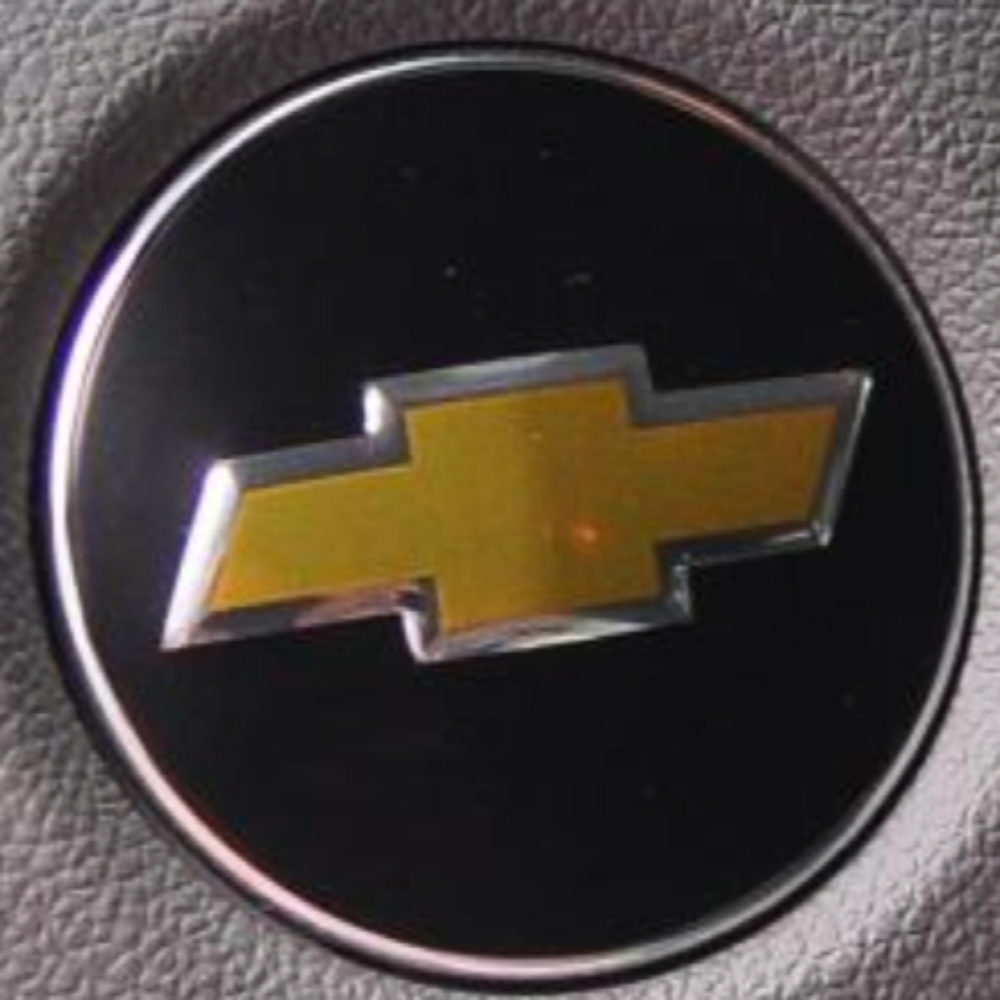GM Ignition Recall Report: Engineers Did Not Understand Their Own Cars

An internal General Motors investigation has concluded that a “pattern of incompetence” and not a cover-up led to a 10-year delay in recalling millions of vehicles with ignition switch problems.
On Thursday, GM CEO Mary Barra announced the findings of an internal investigation into why the auto manufacturer waited years to issue a recall various Chevy Cobalt and other vehicles with defective ignition switches, which cause the cars to be turned off by bumps or heavy key rings, disabling air bags in the event of an auto accident.
“Overall the report found that, from start to finish, the Cobalt saga was riddled with failures which led to tragic results for many,” Barra said in the announcement. She indicates that the results of the investigation were “extremely thorough, brutally tough, and deeply troubling.”

Learn More About
In 2014, GM Recalled 2.6M Vehicles Due to Risk of Airbag Failure from Defective Ignition Switches.
Learn More About this Lawsuit SEE IF YOU QUALIFY FOR COMPENSATIONBarra revealed the results of the investigation at a Global Town Hall meeting for GM employees at 9:15 yesterday morning.
The National Highway Traffic Safety Administration (NHTSA) posted the full report (PDF) later that day, though some parts have been redacted. The NHTSA has already fined GM a record $35 million for its handling of the recall.
According to the report, a GM engineer made a decision in 2002 to use an extremely substandard ignition switch in certain Chevy, Saturn and Pontiac vehicles. The part, which can shut the car off if jarred, could potentially result in moving stalls on the highway or loss of power over rough terrain.
“Problems with the switch’s ability to keep the car powered on were known within GM’s engineering ranks at the earliest stages of its production, although the circumstances in which the problems would occur were perceived to be rare. From the switch’s inception to approximately 2006, various engineering groups and committees considered ways to resolve the problem,” the report determines. “However, those individuals tasked with fixing the problem — sophisticated engineers with responsibility to provide consumers with safe and reliable automobiles — did not understand one of the most fundamental consequences of the switch failing and the car stalling: the airbags would not deploy.”
The report found that the engineers at the largest auto manufacturer in the world failed to show a basic understanding of how its own cars were built. The main thing that they did not understand was that the cars were designed with a focus on preventing air bags from going off by accident.
The investigation was conducted by former U.S. Attorney Anton Valukas following allegations of a cover-up and negligence following GM’s ignition switch recall, first announced in February. Eventually the recall encompassed more than 2.5 million cars worldwide and evidence revealed that the company had known about the problem for years.
GM has indicated that at least 13 deaths appear to be associated with the defective ignition switches, but some other groups, including the NHTSA and the Center for Auto Safety (CAS) predict that number will rise as more information becomes available.
Barra said that the investigation covered more than 350 interviews with 230 individuals and involved more than 41 million documents.
“What the Valukas investigation uncovered – in this situation – is a pattern of incompetence and neglect,” Barra told GM employees. “Repeatedly, individuals failed to disclose critical pieces of information that could have fundamentally changed the lives of those impacted by a faulty ignition switch. If this information had been disclosed, I believe in my heart the company would have dealt with this matter appropriately.”
“Furthermore, numerous individuals did not accept any responsibility to drive our organization to understand what was truly happening,” she continued. “The report highlights a company that operated in silos, with a number of individuals seemingly looking for reasons not to act, instead of ways to protect our customers.”
The report found that the problem lasted 11 years, during which no one took responsibility for the ignition switch problem and nobody wanted to be the one to raise it to the highest levels of the company for action. The report found that the failures to act were a part of the culture in GM, and described a “history of failure” to recall the affected vehicles.
“Although everyone had responsibility to fix the problem, nobody took responsiblity,” Valukas’s report states. “It was an example of what one top executive described as the ‘GM nod,’ when everyone nods in agreement to a proposed plan of action, but then leaves the room and does nothing.”
Changing the Safety Culture At GM
The report lays out eight recommendations for addressing systemic problems within GM, and Barra said she will ensure the company addresses all of them.
Already, 15 individuals who were found to have acted inappropriately are no long with the company, and another five have faced disciplinary action, Barra said.
In addition, the company has integrated GM’s safety processes under Jeff Boyer, who was appointed Vice President of Global Vehicle Safety. The company is adding 35 product safety investigators to identify problems more rapidly, launching a “Speak Up for Safety” program that encourages employees to report possible safety issues, restructuring its recall decision-making process, and is creating a new Global Product Integrity organization inside the company.
The report found that, under Boyer, the company is already making progress attacking the cultural problems inside the car company that led to the failure to recall millions of potentially dangerous vehicles.
Barra restated the company’s pledge to compensate all victims of ignition switch-related accidents in vehicles affected by the recall. however, a growing number of GM recall lawsuits are being filed in state and federal courts throughout the United States, including personal injury claims, wrongful death claims, investor lawsuits and other class actions over the diminished value of the vehicles.
The company has vowed to fight the economic claims involving vehicles sold before the company declared bankruptcy in 2009, claiming that the move isolates the company from liability issues predating its reorganization.
Photo Courtesy of Mrs. FireMom via Flickr Creative Commons
Get more articles like this sent directly to your inbox.
"*" indicates required fields






0 Comments